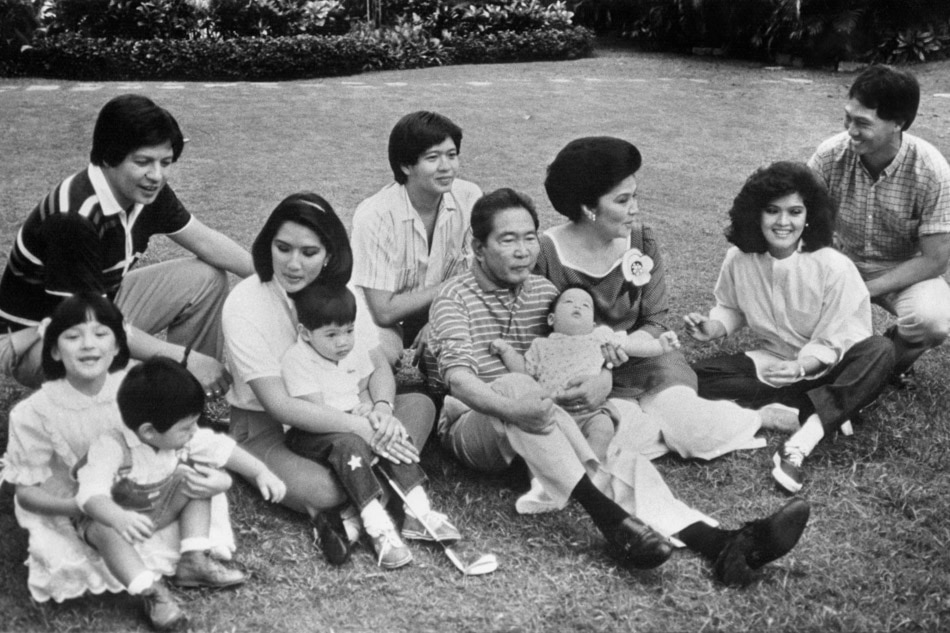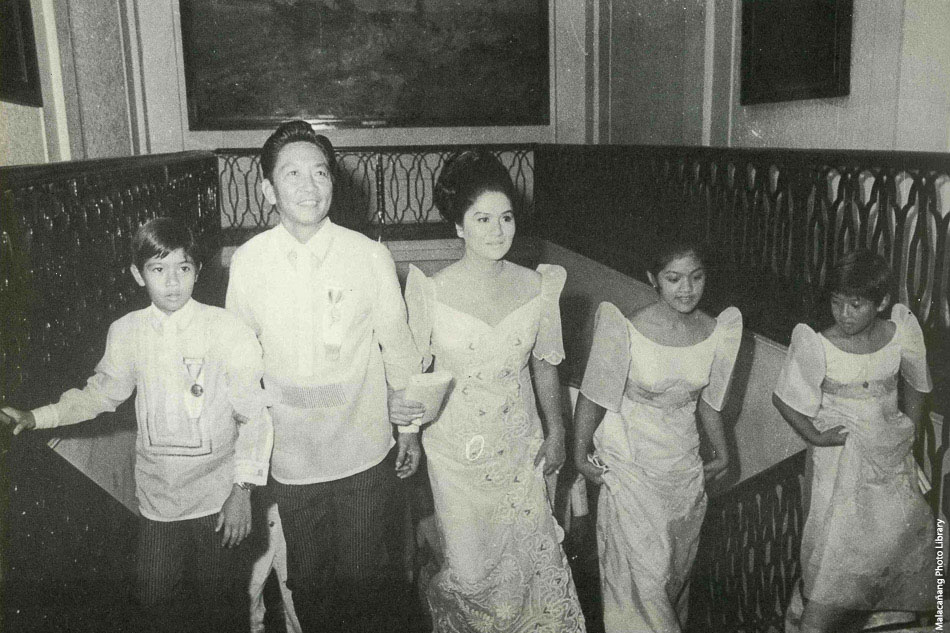Supreme Court junks ill-gotten wealth case vs Marcos, cronies
MANILA (UPDATE) - The Supreme Court has affirmed the dismissal of a civil suit seeking the recovery of billions of pesos allegedly plundered by the late strongman Ferdinand Marcos, his wife Imelda Marcos and their alleged cronies.
The Sandiganbayan in 2011 junked the case, saying the Presidential Commission on Good Government (PCGG) failed to prove that the defendants connived to amass ill-gotten wealth.
The suit involves over P50-billion in moral damages and P1-billion in exemplary damages sought by the PCGG over the Marcos estate and the rest of the respondents namely, Rodolfo M. Cuenca, Roberto S. Cuenca, Manuel I. Tinio, Victor Africa, Mario K. Alfelor, Don M. Ferry, and Oscar Beltran.
The high court’s First Division, through Associate Justice Noel Tijam, ruled that the PCGG failed to present evidence to prove that Marcos, et al. conspired to accumulate ill-gotten wealth.
The case stemmed from a complaint filed by the PCGG on July 24, 1987, covering 46 companies, including the Construction and Development Corporation of the Philippines (CDCP), predecessor of the Philippine National Construction Corp.
The PCGG alleged that the CDCP obtained favored public works contracts amounting to billions of pesos from the Department of Public Works, which later became the Department of Public Highways (DPWH), and from the National Irrigation Administration (NIA).
These projects were identified to include the construction of sugar centrals, the Philippine Associated Smelting and Refining Corp. (PASAR), the Philippine Phosphate Fertilizer Corp. (PHILPHOS) and the Light Railway Transit Project (LRT).
The PCGG also alleged that CDCP secured loans from the government without sufficient collateral.
The high court affirmed the Sandiganbayan’s resolutions dated August 5, 2010 and August 31, 2011 that junked the PCGG’s case.
“In sum, absent preponderant evidence to hold otherwise, the Republic failed to prove the respondents by themselves or in lawful concert with one another, accumulated or participated in the accumulation of ill-gotten wealth insofar as the specific allegations in the subject complaint are concerned,” the SC decision read.
The high court said the complaint “merely consisted of the executive issuances of then President Marcos and of court decisions and resolutions."
"According to the Sandiganbayan, said executive issuances are not per se illegal considering that every public official is entitled to presumption of good faith in the discharge of official duties,” the decision further explained.
The high court stressed that it cannot rule on PCGG’s claim that it has established a prima facie case against respondents since under Section 1 Rule 45 of the Rules of Court, the SC is limited to rule on appeals involving questions of law.
“In order to determine the veracity of the Republic’s main contention that it has established a prima facie case against respondents through its documentary and testimonial evidence, reassessment and reexamination of the evidence is necessary.
“Unfortunately, the limited and discretionary judicial review allowed under Rule 45 does not envision a re-evaluation of the sufficiency of the evidence upon which respondent court’s action was predicated,” the decision stated.



0 Response to "Supreme Court junks ill-gotten wealth case vs Marcos, cronies"
Post a Comment